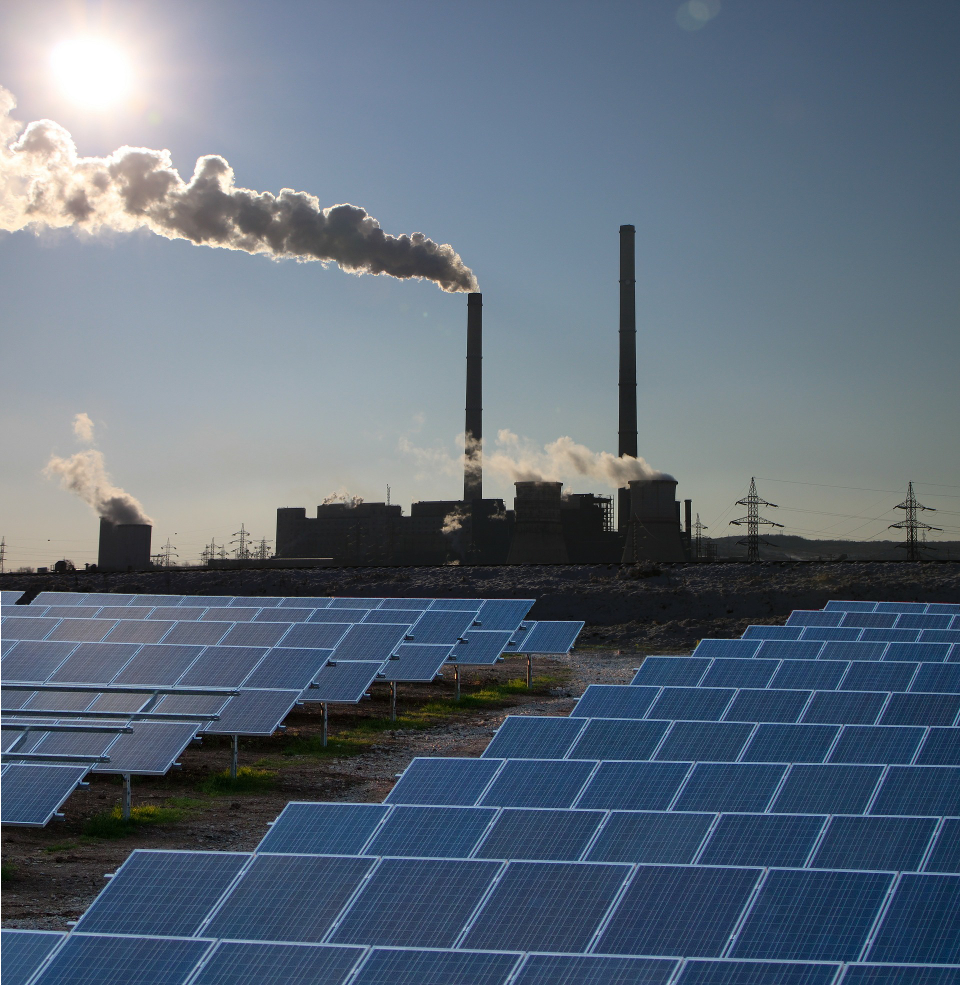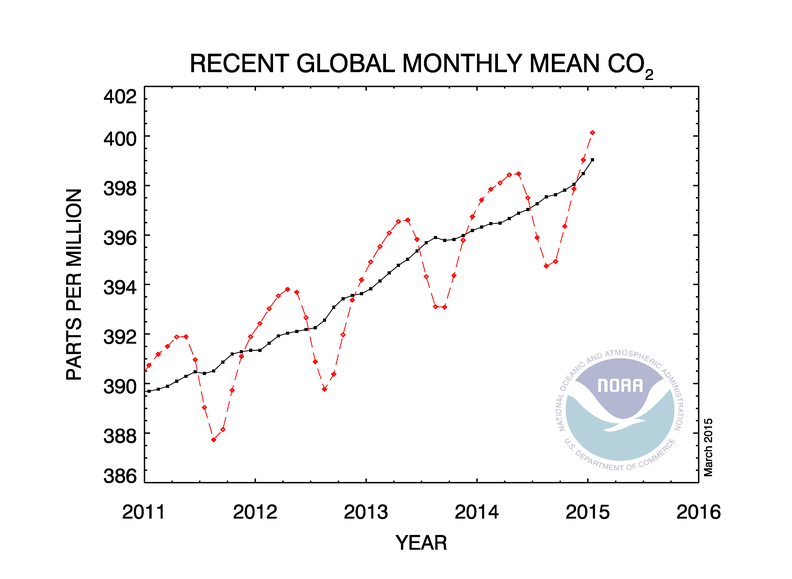Good news! The International Energy Agency (IEA) just released a note stating that carbon dioxide emissions related to energy did not increase in 2014.
There is usually a strong correlation between global economic growth and carbon emissions: as the economy is growing, people are using more energy to fuel this growth and more people get access to energy in emerging countries. Even when the economy slows down, we can observe a decrease in the emissions (it happened only 3 times before: in the early 80’s, in 1992, and in 2009).
But in 2014, the global economy grew by 3%. This means that last year, the CO2 emissions and economic growth were less correlated, mainly due to energy-saving methods and cleaner energy sources such as solar power!
Does this mean that we are saved from global warming and that we will manage to keep the global temperature increase below 2°C compared to before pre-industrial times?
Well, not really. Even though this definitely shows that we are on the right slope in mitigating CO2 emissions and that actions undertaken do have a tangible impact, it does not mean that we should now sit back and relax. Here are a few reasons why:
1) The IEA did not measure the emissions from the energy sources directly. They applied a statistical model linking energy consumption activities and their respective emissions, but the error bar of the latest can be significant, and some energy-consuming activities may not have been entirely taken into account. So in the end, the result’s error bar is probably non negligible and the emissions might not be what the IEA says. We should wait to see if on the long term the tendency is the same and if we can correlate it to energy-saving methods and clean energy production.
2) Energy is not the only source of CO2 emissions. Even though it is the main one, agriculture and deforestation also have a share of responsibility in the trend of the global emissions. Efforts should also be done in these sectors.
3) CO2 is not the only greenhouse gas. For instance CH4 has an effect twenty times bigger than CO2. We also need to tackle other global warming causes even though CO2 gets the most attention.
4) A stall in the increase of the emissions does not mean no emissions at all. Even if the levels of emissions stay the same, it means we are still pouring huge amounts of CO2 in the atmosphere. This appears in the National Oceanic and Atmospheric Administration (NOAA) graph below, which shows the evolution of the measured CO2 concentrations at the Mauna Loa Observatory in Hawaii:
Conclusion: this is an encouraging preliminary result, but we need to keep on implementing new renewable energy sources in order to tackle this problem and definitely invert the trend. Go solar!

